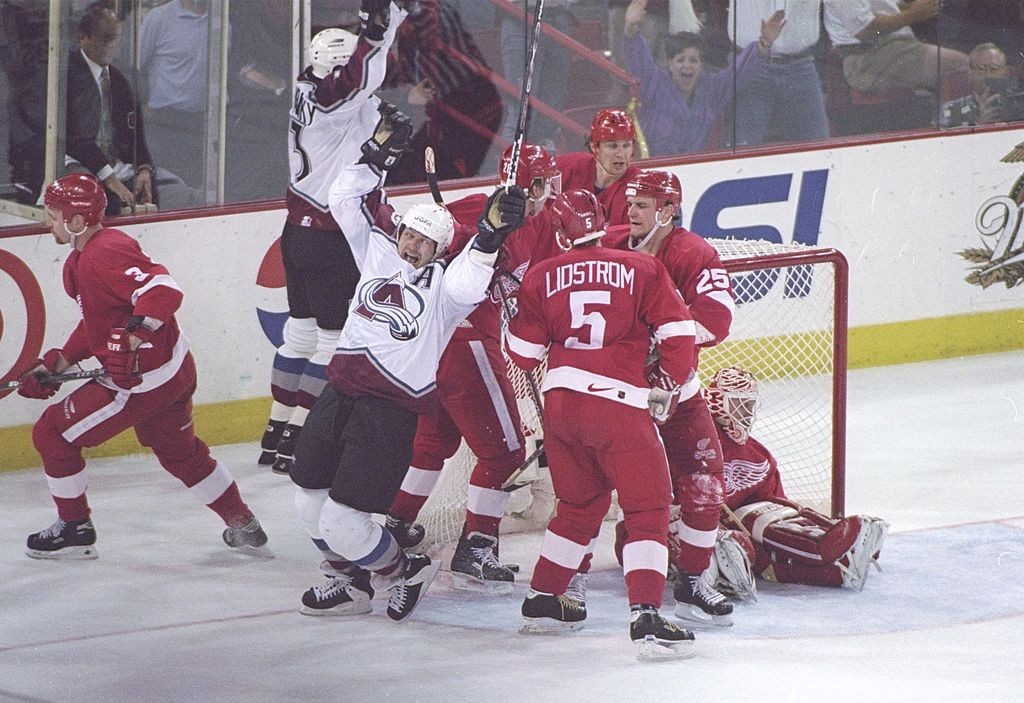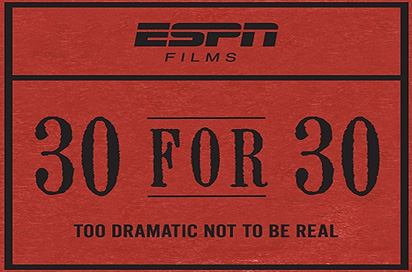Sean Keeley: This one’s a little tricky because it involves digging into ESPN’s own journalism practices but the way the Jerry Sandusky and Bernie Fine scandal seemed to be connected through timing and media coverage, I think, could make for a fascinating deep dive. Obviously, both were full of terrible claims and shocking revelations. But there are so many angles just below the surface to dig into as well. The way the fanbases reacted (and continue to react). The way the stories were told. The way they spread out like a virus and affected so many other things around them.
The tricky part, and the reason I don’t think it will ever happen, is discussing the role ESPN played in both of them. How ESPN missed the boat on the big rally/riot at Penn State and then owned the Bernie Fine scandal. How they over-invested in certain people involved and backed away when they were revealed as liars. And what the whole episode said about not only the story but how the media (ESPN) told the story, especially when the narrative shifted.
Actually, we probably want someone other than ESPN to do this story to really do it justice. So maybe not.
Ken Fang: I’d like 30 for 30 to produce a real in-depth look at the six Chicago Bulls championship teams of the 1990’s. Yes, we know about Michael and Scottie, but what about the other personalities like Dennis Rodman, Horace Grant, Bill Cartwright, John Paxson, B.J. Armstrong, Steve Kerr, Toni Kukoc, Bill Wennington, et. al? Plus, there should be a little focus on the Knicks-Bulls rivalry which was one of the most intense for the league in the 1990’s. Since 30 for 30 already looked at Jordan’s time in Minor League Baseball, it doesn’t have to look too much at that period, but certainly the decision for Jordan to return to the team in 1995, the lack of chemistry after his return, and then focusing on the record of 69 regular season wins in the 1996-97 season. The six Bulls championships were a great era in the NBA and it’s time for a quality documentary on that period.
Andrew Bucholtz: I’d love to see a 30 for 30 on the late 1990s-early 2000s NHL rivalry between the Colorado Avalanche and Detroit Red Wings. They combined for five Stanley Cups (Colorado in 1996 and 2001, Detroit in 1997, 1998 and 2002) and countless nasty playoff series, including the infamous Claude Lemieux – Kris Draper hit and its repercussions. The alumni game between these teams ahead of an outdoor game this year brought back many of those memories and illustrated there are still plenty of grudges (especially around Lemieux and Draper), and there are so many fascinating players and personalities involved, from Joe Sakic, Peter Forsberg and Patrick Roy on the Avalanche side to Brendan Shanahan, Steve Yzerman and Nicklas Lidstrom on the Red Wings’ side. There’s also an excellent book (Adrian Dater’s 2006 Blood Feud) that could be a starting point. I think we’d see a lot of no-holds-barred comments here, a good look at just why this rivalry was so special, and a look at why it was something that hasn’t really been recreated in the NHL since.

Ian Casselberry: [First of all, as a Red Wings fan and someone who lived and died with those mid-90s to mid-2000s teams, I want to see Andrew’s suggestion get made.]
I’d like to see a 30 for 30 on the advent of the run-and-shoot offense in the NFL during the early 1990s. The Detroit Lions seemingly adopted the offense as a gimmick to try and lure fans to see a terrible team. It was baffling, considering they’d just drafted Barry Sanders and were going to run a system without a fullback and tight end. Eventually, that led them to drafting Andre Ware, who ran the run-and-shoot in college, which was disastrous.
But you could see what that offense was really capable of with teams that had excellent quarterbacks and receivers such as the Houston Oilers with Warren Moon or the Atlanta Falcons with Jeff George. No NFL team ever won a Super Bowl running that system, but playing four wide receivers to spread the field and create space for skill position players is pretty much standard business in college football and the NFL now. Nobody scoffs at that anymore. Yet coaches like Mouse Davis, June Jones, Jack Pardee and even Steve Spurrier were seen as wacky in their time.
The offense goes back to the USFL days with the Houston Gamblers and Jim Kelly and surely helped spawn the spread offenses and zone-blocking schemes we see in today’s football. Telling the story of the run-and-shoot is also telling the story of modern offense in all levels of the game.
Matt Yoder: It may be being a prisoner of the moment, but what about the story of Leicester City? A 5000-1 shot overcoming the giants of the English game and going from the verge of relegation to lifting the Premier League trophy? As Ian Darke might say, “you could not write a script like this!” Seriously though, it’s probably even too big of an underdog story to be believed by Hollywood. There’s probably dozens of 30 for 30s inside Leicester City like Claudio Ranieri winning his first league title at his 16th job or Jamie Vardy rising from the lower levels of English football to be one of the most prolific strikers in the league as well. We’ve never seen a story like Leicester, achieving the sheer improbable quite literally against all the odds, and we may never see it again. That’s what 30 for 30 is all about.








Comments are closed.